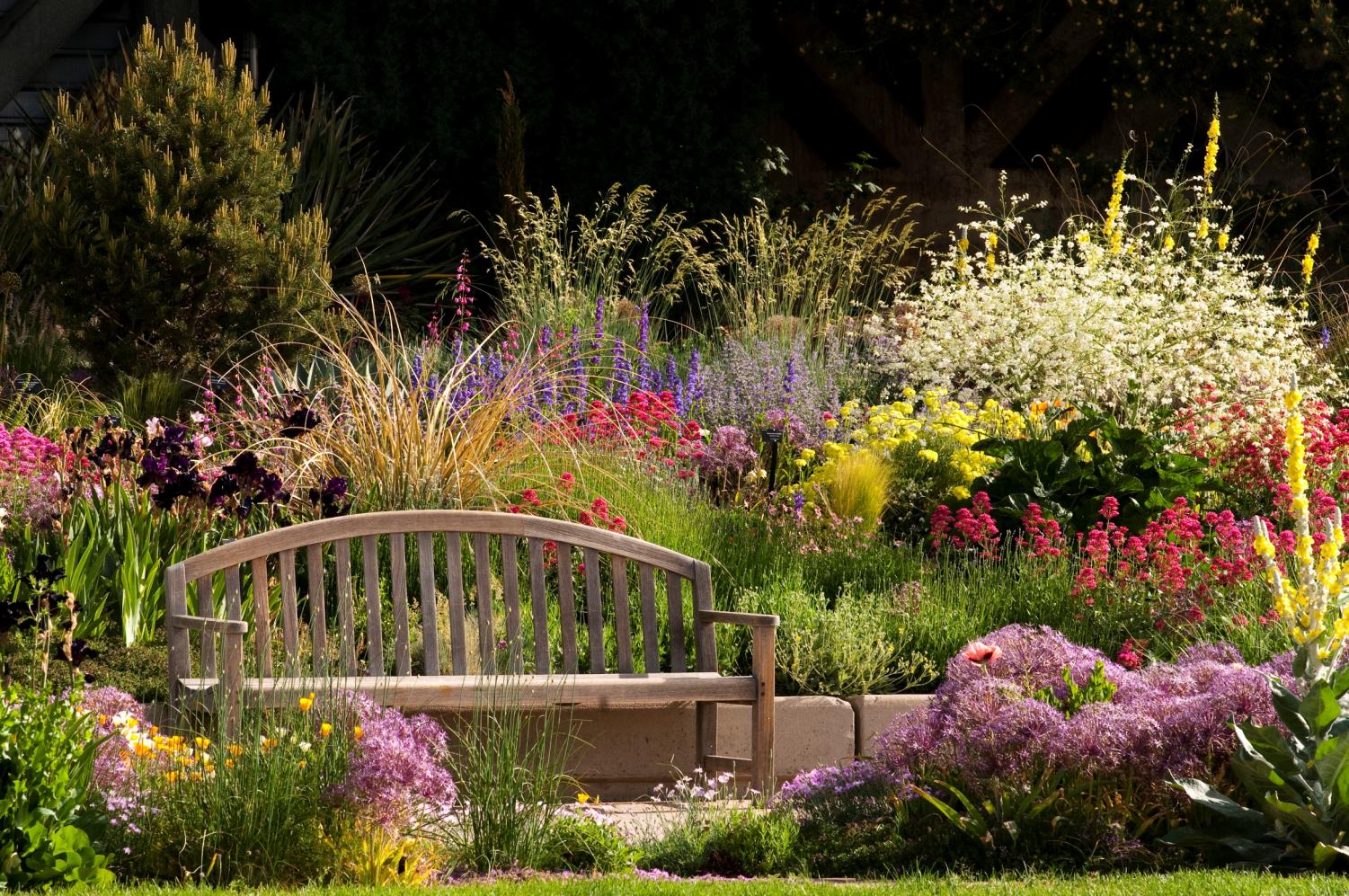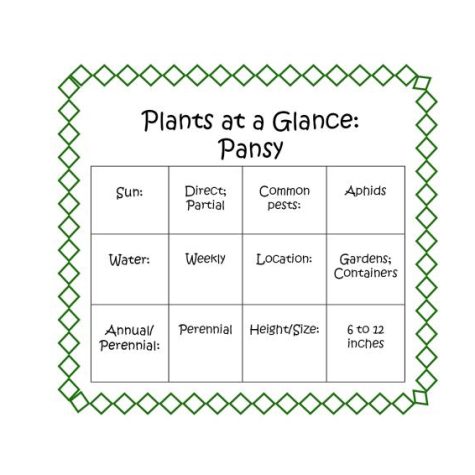Flowers to plant this spring
POSTED May 11, 2023
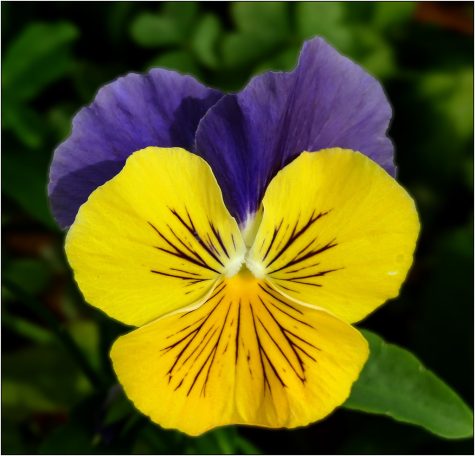
Pansy
Many know about the pansy flower because of the many benefits of drinking them as tea. These durable flowers are great plants to make your garden feel magical. Pansies grow well in direct/partial sun, and you can plant them almost any time of the year. They are a common flower used to symbolize love and romance.
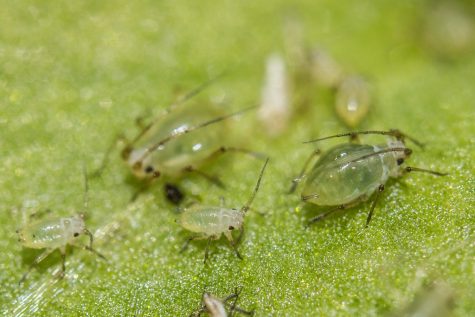
Some of the downsides of pansy flowers are that they attract aphids. Aphids are a well-known pest to most farmers and gardeners. They can carry viruses that plague plants and can spread rapidly. These pests are a frequent problem with plants and flowers, although most plants are unaffected by small grazing from them. Pansies can also attract black root rot and fungal leaf spots.
Some of the many benefits of pansies are that they attract butterflies and other beneficial insects. Pansies are beautiful for ground cover and are low maintenance. They do well in cold weather and most of them produce a magnificent fragrance.
_______________________________________________________________________
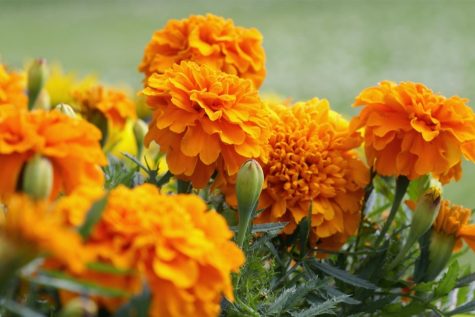
Marigold
Marigolds have been used since ancient times to help with internal injuries, but for some, they can be harmful. Marigolds do the best in direct sunlight and attract many beneficial insects. Many know about marigolds because of the numerous times it is used during Day of the Dead celebrations and symbolize the brevity of life.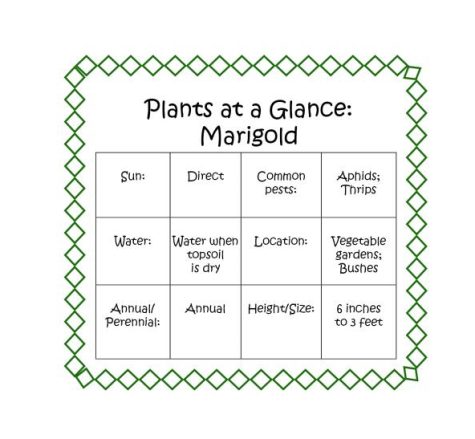
These plants are durable, but can not survive and grow in weather under 40 degrees Fahrenheit. Unscented marigolds do not attract beneficial insects. Pests can harm the flower and surrounding plants. These fragrant flowers are pretty, but be careful since exposure to marigolds may irritate bare skin.
Marigolds thrive in gardens near other plants because of the many diverse insects it attracts, and their benefits to surrounding vegetation. Not only do these beautiful bushes smell great, but they also make magnificent tea.
_______________________________________________________________________

Zinnia
Zinnias are more than just pretty flowers, they symbolize never forgetting absent friends and lasting affection. These colorful flowers prefer the full sun and thrive in moist soil.
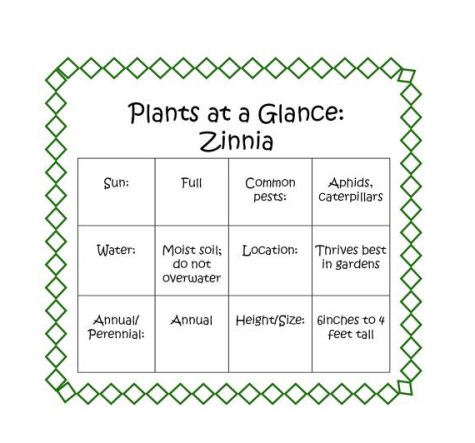
The most common problems seen with zinnias are attracting pests that harm the plant, powdery mildew, and many people having issues with overwatering. Zinnias attract aphids, beetles, and spider mites. If you plant a tall zinnia, be cautious of wind.
Zinnias are among the best annual flowers attracting beneficial pollinators, especially butterflies. They come in multiple colors and many different sizes. They can grow from below 6 inches to as tall as 4 feet. These beautiful flower plant companions include kale, asparagus, beans, cauliflower, cucumber, lettuce, melons, and many more commonly planted vegetables.
_______________________________________________________________________
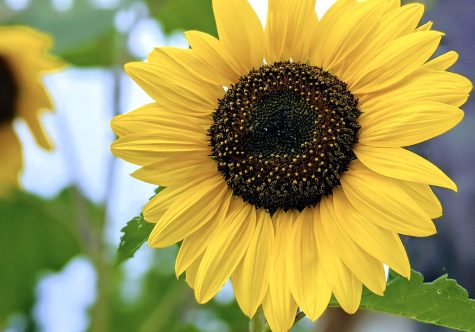
Sunflower
Sunflowers are heliotropic, which means that they turn to face the sun. They are annual flowers that are usually yellow, red, orange, and brown.
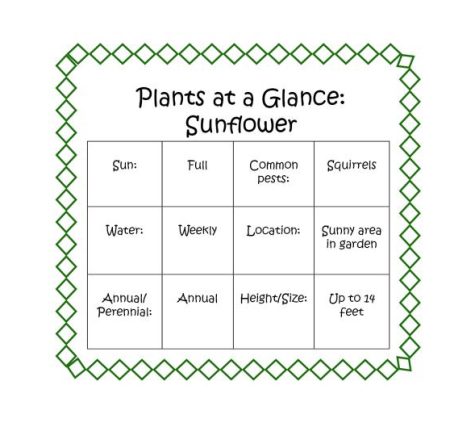
Although sunflowers have many advantages, some problems may occur. They can repress other plants’ growth. We all know and love sunflower seeds as do squirrels. Squirrels can eat away at sunflowers and kill them. Due to the massive height of sunflowers, they can easily blow over causing the roots to come out of the ground.
Sunflowers have many benefits for your garden. They can get up to 14 feet tall which is good to shade other plants that need more shade than the sun. Sunflower seeds limit weeds because they contain a chemical that kills weeds. Their long tap roots help purify contaminated soil and the pollen they produce attracts many beneficial pollinators.
_______________________________________________________________________
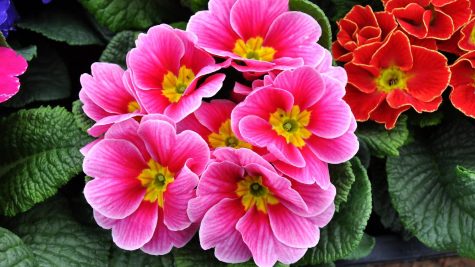
Primrose
Often, primroses are one of the first flowers to bloom in the spring. They need partial sun and prefer wet or soggy soil.
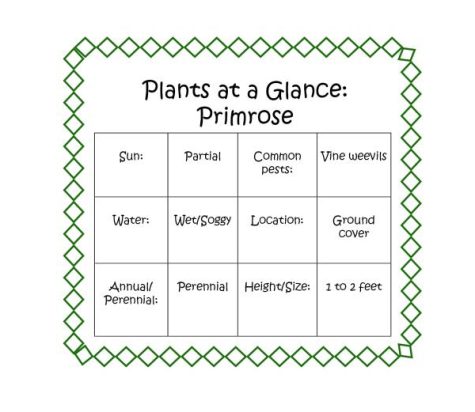
The first year after they are planted they will not bloom. Vine weevils are the most destructive pest of the primrose. A vine weevil is a small insect that feeds off plant leaves. They also attract slugs, mice, and birds that will eat the flowers. They required higher maintenance than other flowers because it requires lots of water.
Primroses are extremely cold-tolerant freezing temperatures. They attract bumble bees and butterflies along with many other beneficial pollinators. The primrose flower is a lovely ground cover and is an eye attracter. Rabbits and deer do not like primrose and will most likely stay away.
_______________________________________________________________________
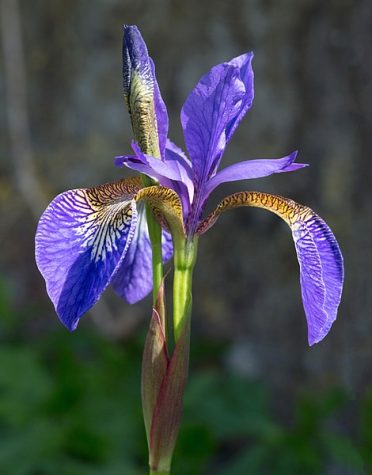
Iris
Many irises are used to create pleasant fragrances and perfumes. Orris (the iris root) is used as a beverage flavor. They grow at the edge of ponds, lakes, rivers, or any body of water in wet soil. Iris was named after the Greek Goddess of rainbows.

One species of the iris called The Yellow Flag is used as a water purifier but can be exceptionally invasive and “Wickedly aggressive” according to the Invasive Plant Council of British Columbia. They attract leaf-chewing caterpillars, snails, and slugs.
These beautiful “snowy” flowers can produce a second flower the same year after the petals fall. Iris is perennial, which means they come back year after year. They can come in every color in the rainbow except for red. The most common and least invasive species of iris is the bearded iris.
_______________________________________________________________________
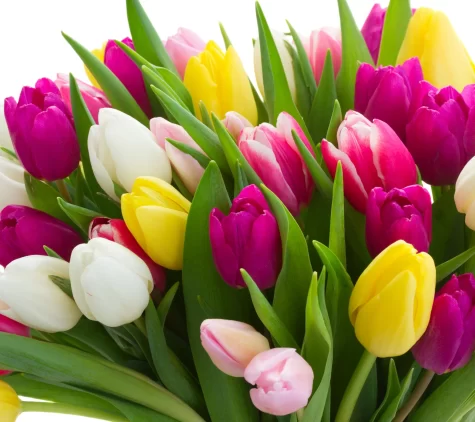
Tulip
Tulips are one of the most common spring flowers, with over three thousand different species. Although tulips are a significant symbol of Holland, they originate from Turkey. Unlike the iris flower, tulips come in practically every color in the rainbow.
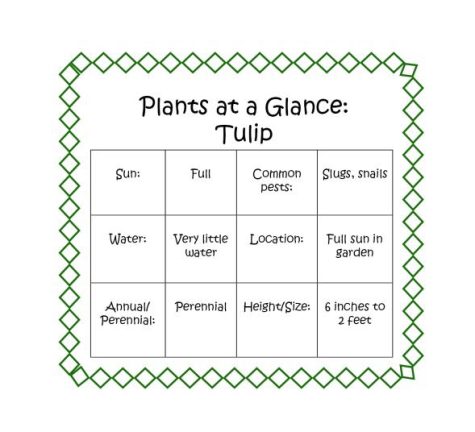
Tulips are poisonous to animals if ingested due to glycosides, which inhibit protein synthesis in the cells in your dog’s body. The most common pests are slugs and snails.
Wearing tulips can help against bad luck and poverty and each color has a different meaning. Most tulips come from Holland, which is the largest producer of tulips in the world. Like many flowers, they attract butterflies and bees. They are easy to plant and pretty cut flowers. Tulips are very inexpensive and a great way to boost the color and positivity of your landscape.
_______________________________________________________________________
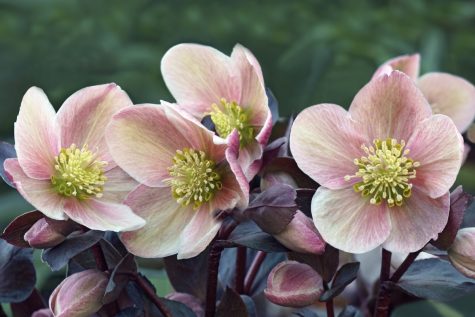
Lenten Rose
Lenten roses have a beautiful white and/or lavender color. They are picotee flowers, which means that the flower border is a darker edge.
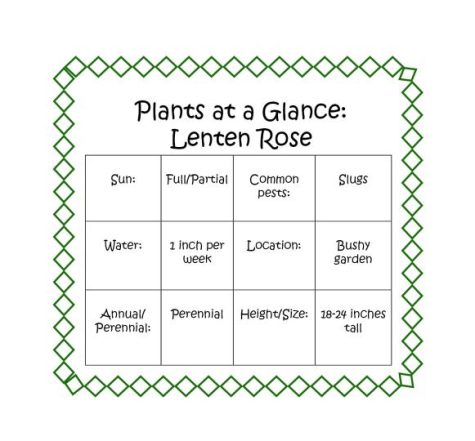
During extreme drought conditions, they may droop, but bounce back quickly after being exposed to water. However, lenten roses can symbolize serenity, tranquility, and peace. It can also represent scandal or anxiety.
In 2005, it was named “Plant of the Year” by the Perennial Plant Association because of its many superior characteristics. Lenten roses are a natural deer and rabbit repellent and require little care. They have sepals which are little protective wrappers for flower petals.
_______________________________________________________________________
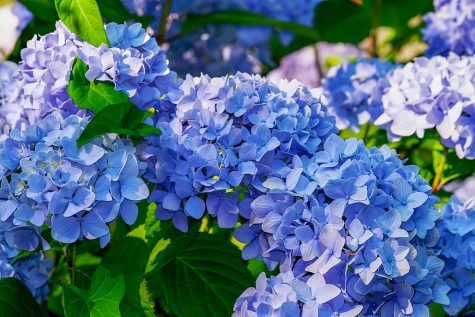
Hydrangea
Hydrangeas are popular ornamental plants, that look spectacular in big bouquets. They produce a very fragrant smell and prefer shade to full sun.
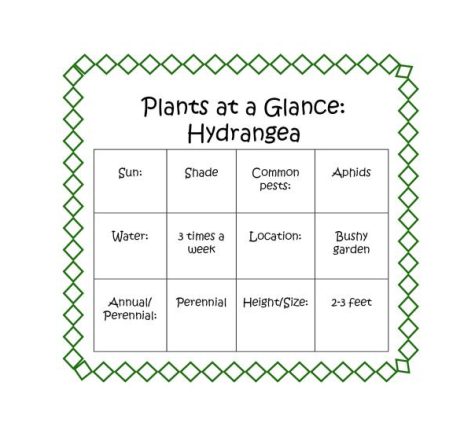
Some of the common problems with hydrangeas are drooping leaves, yellow leaves, mildew on leaves, and pests. Drooping leaves are caused by not enough water and can be fixed by adding water to the plant soil. Yellow leaves are a common sign of too much sun with hydrangeas and can be fixed by moving into the shade or less sunny areas. Mildew on leaves not only looks bad but is bad for your plant as well. Mildew on leaves is a sign of over-watering. If your hydrangea has ants that means that you have aphids, and this can be a major problem for your flowers. Unfortunately, many people are mildly allergic to hydrangeas and don’t know it.
These beautiful, bushy flowers are extremely low maintenance and have a long flowering season. Like many flowers, hydrangeas attract many beneficial pollinators and do not suffer too hard from pests. With over 75 species worldwide they are a common beauty found in many people’s gardens.
_______________________________________________________________________
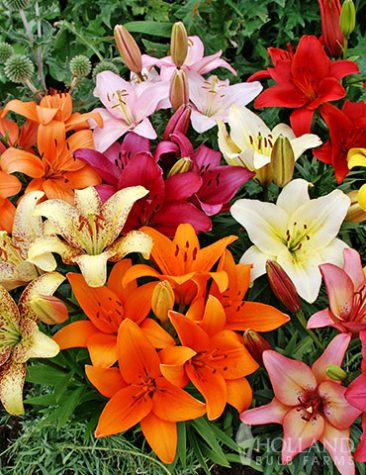
Lily
In Japan, lilies are a traditional symbol of good luck. Many plants have the word lily in them, but they are not true lilies. The Picasso peace lily is named after the famous artist Pablo Picasso’s interesting style.

Peruvian lilies may cause stomach aches if ingested. The most common problem found with lilies is “lily disease”, which is a fungal leaf infection.
Lilies are incredible for pollinators and rarely attract pests. The peace lily purifies the air, absorbs the acetone vapors, and removes mold spores which makes lilies great houseplants. Most lilies are low maintenance and can handle frost.
